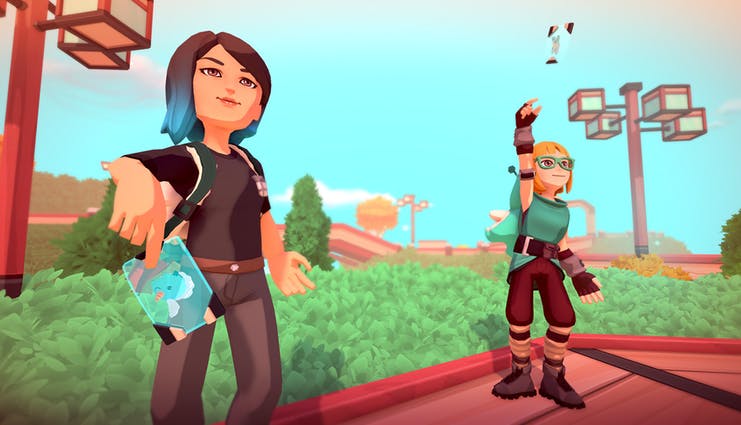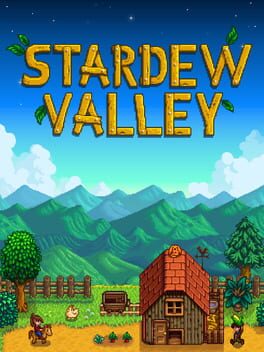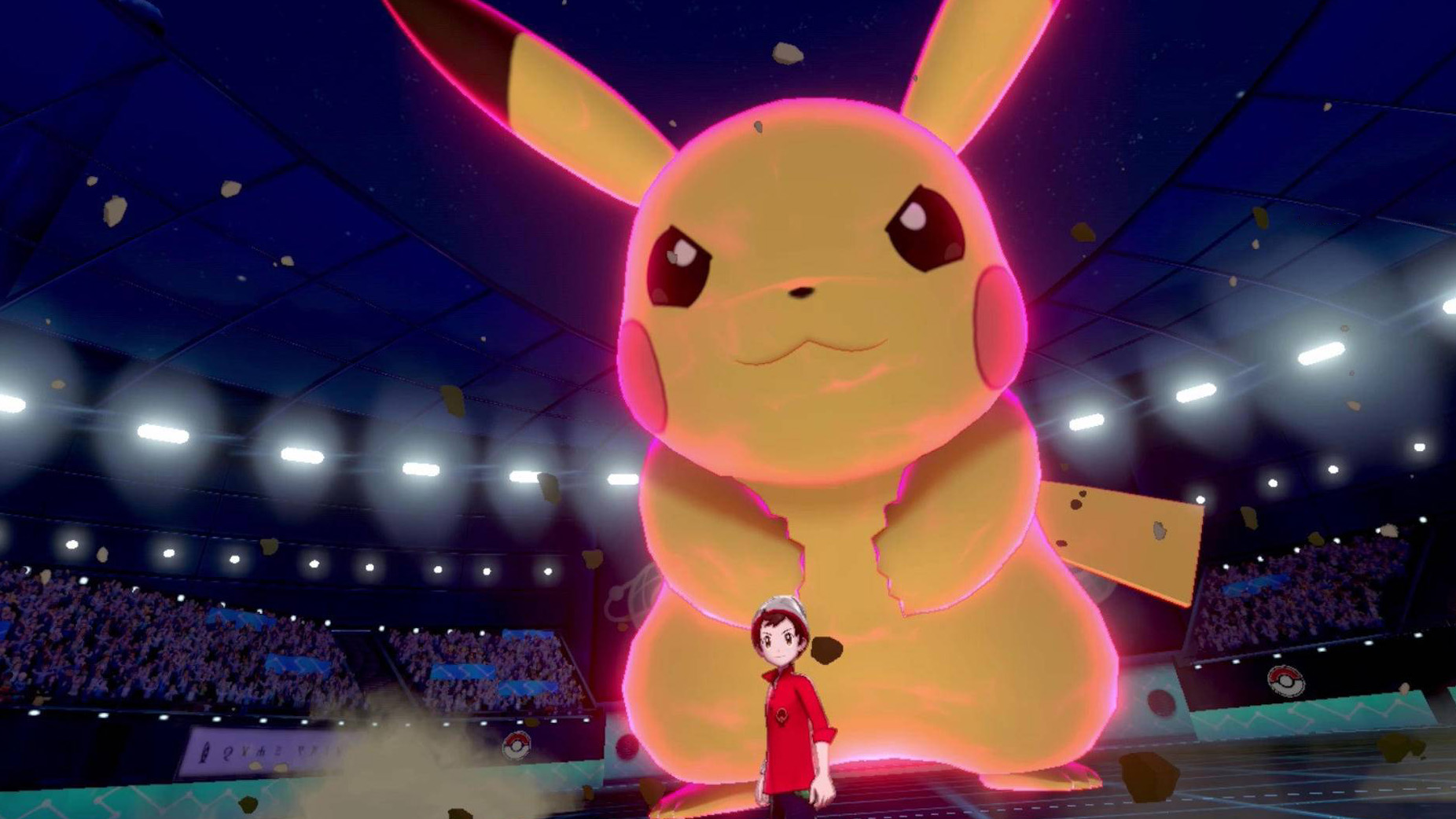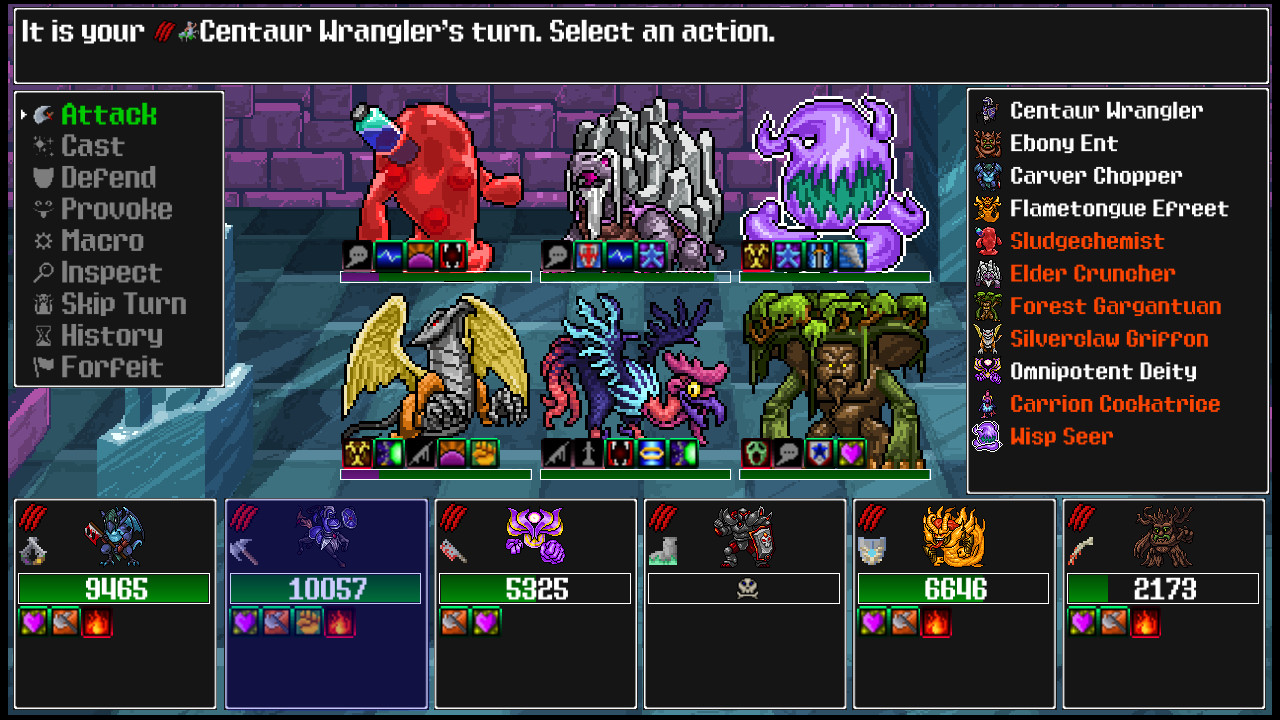Why has no Pokémon clone taken off like Stardew Valley?
Despite a boom of indie monster-tamers, not one has managed to be a breakout mega hit.

Stardew Valley is the golden child of farming sims. It's sold more than 20 million copies since 2016 and kicking off a torrent of farm life games on PC. But there's been no Stardew Valley moment for the monster-taming genre. Pokémon clones are now abundant, yet none have had a sliver of Stardew Valley's success, yet alone Pokémon's. If Stardew Valley hit on some magical formula for reimagining a classic Japanese series as a modern indie game, monster tamers haven't found it.

"An RPG where [players] can create their own adventure based on the characters they know is of course appealing," say Jochem and Marcel, the indie developers behind this year's Coromon. The challenge for indies is "players would often rather stay with what they know than trying out new games," they say.
There have been some modestly successful Pokémon clones like MMO Temtem, which made headlines last year when it reached 500,000 copies sold in one month on Steam early access. Coromon passed 100,000 sales on PC and Mac, a number the Nintendo Switch version has undoubtedly added to. Yet that's just a fraction of Pokémon Sword & Shield's 24.5 million.
Eric Barone liberally based Stardew Valley on Natsume's Harvest Moon, but it far surpassed its inspiration in both popularity and sales. Temtem game director Guillermo Andrades says that Pokémon, by comparison, casts a long, long shadow.
"Right now there's a lot of reticence towards the games of the genre that are not Pokémon," he says. "I think we still have to move forward a bit, and a lot of games in this genre have to come out before players start seeing it as the monster-taming genre, and not the Pokémon-like genre."
"Once the general public is more into this mindset, games will get more leeway to have their own identity and not be compared to their big, enormous brother and predecessor."
Big brother Pikachu

Enormous really is the word. Just this year the Pokémon Company reported passing 440 million sales of Pokémon software. Pokémon Legends: Arceus and Pokémon Brilliant Diamond and Shining Pearl together sold more in one year than Stardew Valley has in its lifetime.
Keep up to date with the most important stories and the best deals, as picked by the PC Gamer team.
Harvest Moon was successful, but not a worldwide cultural phenomenon. Pokémon is the highest-grossing media franchise in history. Perhaps many of us aren't invested enough in taming monsters other than Pokémon to learn 100 new ones. Developers haven’t given up on trying to turn Pokémon into a genre, though—and they're at least getting some attention, Stardew Valley's first step towards fame.
One of Stardew Valley's greatest strengths is its community. Barone regularly posted development blogs and kept an open relationship with followers. Temtem community manager Lucia Prieto says the team’s relationship with its community is one reason for its current success: Developers have even started marking community-suggested improvements with special icons in the patch notes.
"The game was going to be a much harder experience, with a higher entry barrier, and our community made us realize that wasn't as fun or enjoyable, and helped us dial the challenge to a satisfying degree," Prieto says.
Even smaller monster-taming games like Siralim Ultimate credit community for their success.

"I don't think many developers are as lucky as I am to have so many players who are as effective at communicating their ideas and providing feedback," Siralim Ultimate developer Zach Bertok says. "When I read our forums, I often recognize names that have been around for nearly 10 years, and those same people continue to contribute their suggestions and help make the Siralim series the best it can be. While we may not have the biggest playerbase out there, I'll take quality over quantity any day."
Dedicated communities like Siralim Ultimate's also help to shape smaller monster-taming games into unique projects rather than pure clones.
Don't copy that Hoppip
Stardew Valley is the Harvest Moon PC gamers never got, but it's not just a copy. It has its own unique features: deeper character customization, same-sex relationships, mayonnaise making.
Some monster-taming games stick closer to the Pokémon formula than others. Coromon resembles the GBA Pokémon games where the new kid in town (or, in this case, the new adult) arrives as the guest of honor and receives a free Coromon as a gift from a professor. In Temtem, the child protagonist follows the same goal of becoming a "Temtem master." But Temtem, like Stardew, also has multiplayer.
"There's this whole social, MMO factor to it that's shiny and exciting," says Prieto. "This in itself already changes a lot of the core elements of the genre, but we built upon that. Combat is always in pairs, and there's no RNG whatsoever during battles… battles are challenging to a degree we think users don't expect."
The best "clones" take their inspirations as a base and build something distinct. That's part of why Denis Sinner, the managing director of Moi Rai Games, chose to make Monster Sanctuary part monster taming and part metroidvania. Sinner also felt Pokémon didn't have enough stakes or strategy, so his team focused on giving players more choice.

"I tried to make Monster Sanctuary feel like you are rewarded if you come up with synergetic Monster skill builds or monster team compositions," he says. "Every Monster having a full individual skill tree is what gives players a lot of strategy options for every monster to build and try around."
Monster taming games have a tough road. Each one needs to somehow escape Pokémon’s shadow or at least grow within it. Developers have found moderate success with supportive communities and unique features, but that hasn't been enough to produce a smash hit. Jochem and Marcel explain say content creators still derogatorily refer to monster-taming indies as "Poke-clones" or "Pokémon rip-offs," but they're still optimistic.
"Now that more and more indie monster-tamer games are popping up, all with their own unique spin, more and more people seem to be taking on a different opinion on non-Pokémon monster-tamer games," they say. We might never narrow down the exact reason why no monster-taming game has been a gigantamax-sized hit. But that doesn't mean it'll never happen.

